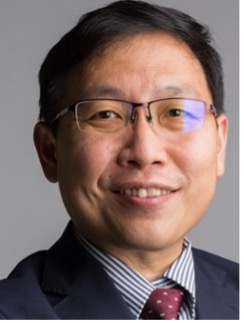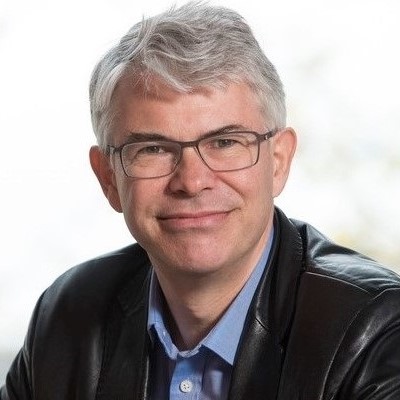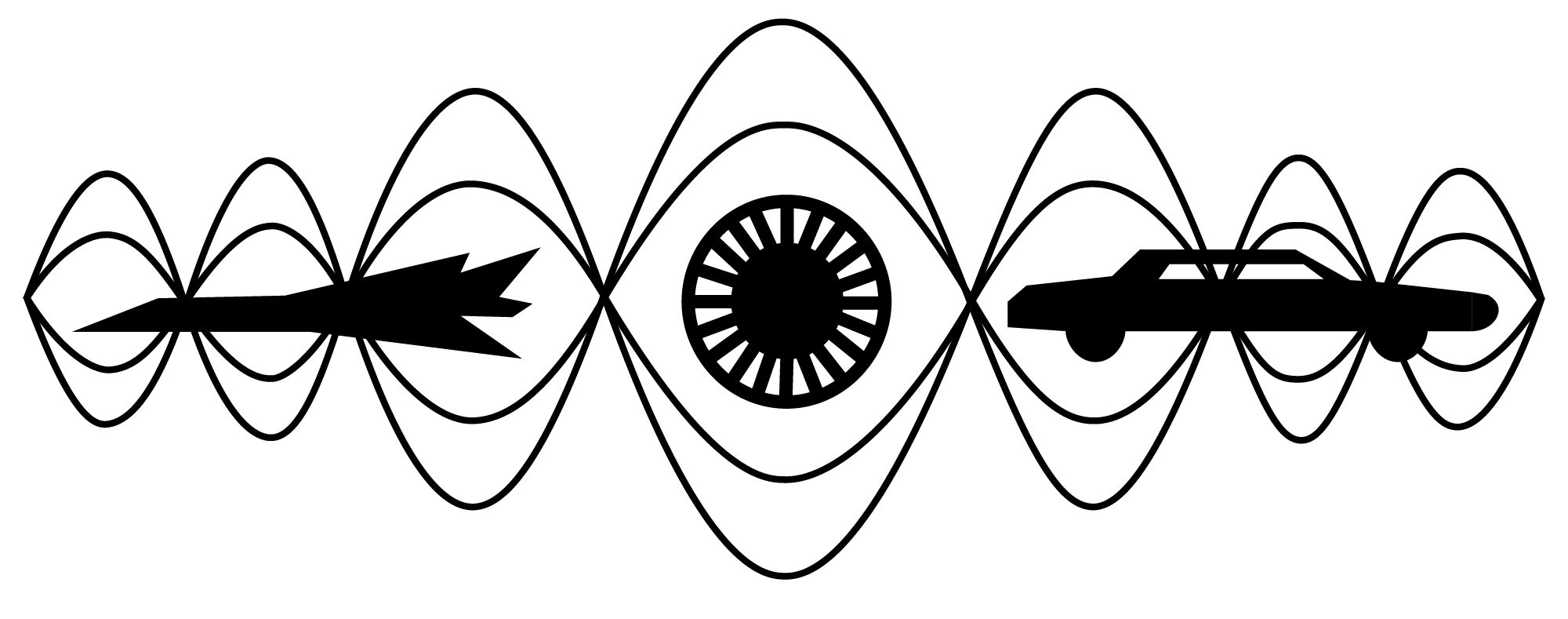- Homepage
- Accommodation
- Congress Venue
- Q&A
- Registration Fees and Details
- Key Dates
- Programme
- Terms and Conditions of Attendance
- Scientific Programme
- Organizing Committee
- Distinguished Plenary Lectures
- Scientific Committees
- Abstract Submission
- Submitted Abstracts
- Paper Submission
- Presentation and Poster Preparation
- Publication Ethics and Malpractice Statement
- Student Paper Award
- Congress Dinner
- Conference Exhibition
- Conference Sponsorship
- IIAV
| #692 Random propagation in dynamical systems: Taking earthquake engineering as a background |
Jie Li Send an email  |
Prof. Jie Li is a Chair Professor in the Structural Engineering at Tongji University, the academician of the Chinese Academy of Science and European Academy of Science and Arts, and the director of Shanghai Institute of Disaster Prevention and Relief. He received Ph.D. in Structural Engineering from Tongji University, China in 1988, and received an honorary doctorate in engineering science from Aalborg University, Denmark in 2013.
|
The randomness plays an important role in influencing behaviors of engineering systems, particularly for dynamical systems. In this lecture, taking earthquake engineering as a background, the speaker tries to explain that:
|
|
| #693 Harnessing the Power of Deep Learning for Urban Sound Sensing and Noise Mitigation |
Gan Woon-Seng Send an email  |
Professor Woon-Seng Gan received his BEng (1st Class Hons) and Ph.D. degrees, both in Electrical and Electronic Engineering from the University of Strathclyde, the UK in 1989 and 1993, respectively. He is currently a Professor of Audio Engineering and Director of the Smart Nation Lab in the School of Electrical and Electronic Engineering at Nanyang Technological University, Singapore. His research has been concerned with the connections between the physical world, signal processing, and sound control, which resulted in the practical demonstration and licensing of spatial audio algorithms, directional sound beams, and active noise control for headphones and open windows. He has published more than 400 international refereed journals and conference papers and has translated his research into 6 granted patents. He is a Fellow of the Audio Engineering Society (AES); a Fellow of the Institute of Engineering and Technology (IET); and selected as the IEEE Signal Processing Society Distinguished Lecturer from 2023-2024. He served as an Associate Editor of the IEEE/ACM Transaction on Audio, Speech, and Language Processing (TASLP; 2012-15). He is currently serving as a Senior Area Editor of the IEEE Signal Processing Letters (SPL, 2019-); Associate Technical Editor of the Journal of Audio Engineering Society (JAES; 2013-); Senior Editorial member of the Asia Pacific Signal and Information Processing Association Transaction on Signal and Information Processing (ATSIP; 2011-); and Associate Editor of the EURASIP Journal on Audio, Speech, and Music Processing (EJASMP, 2007-). |
In the digital age, the integration of sensing, processing, and sound emission into IoT devices has made their economical deployment in urban environment possible. These intelligent sound sensors, like the Audio Intelligence Monitoring at the Edge (AIME) devices deployed in Singapore, operate 24/7 and adapt to varying environmental conditions. As digital ears complementing the digital eyes of CCTV cameras, these devices provide public agencies with a wealth of aural data, enabling the development of comprehensive and effective sound mitigation policies. In this presentation, we will examine the critical requirements for intelligent sound sensing and explore how deep learning techniques can be utilized to extract meaningful information, such as noise type, dominant noise source direction, sound pressure and frequency of occurrence of the environmental noise. Additionally, we will introduce new deep-learning-based active noise control and mitigation approaches, including reducing noise from entering residential buildings and generating acoustic perfumes to mask annoyance in urban environments; and how these deep learning models can be deployed in an edge-cloud architecture. Our aim is to demonstrate how deep learning models can advance the field of acoustic sensing and noise mitigation and highlight current challenges and trends for future progress. |
|
| #694 Vibration Control of Large-Scale Systems under Multiactuation Schemes and Information Constraints |
Hamid Reza Karimi Send an email  |
Hamid Reza Karimi is currently Professor of Applied Mechanics with the Department of Mechanical Engineering, Politecnico di Milano, Milan, Italy. Karimi's original research and development achievements span a broad spectrum within the topic of automation/control systems, and intelligence systems with applications to complex systems such as wind turbines, vehicles, robotics and mechatronics. Karimi is an ordinary Member of Academia Europa (MAE), Distinguished Fellow of the International Institute of Acoustics and Vibration (IIAV), Fellow of The International Society for Condition Monitoring (ISCM), Fellow of the Asia-Pacific Artificial Intelligence Association (AAIA), Member of Agder Academy of Science and Letters and also a member of the IFAC Technical Committee on Mechatronic Systems, the IFAC Technical Committee on Robust Control, and the IFAC Technical Committee on Automotive Control. Karimi is the recipient of the 2021 BINDT CM Innovation Award, the 2016-2021 Web of Science Highly Cited Researcher in Engineering, the 2020 IEEE Transactions on Circuits and Systems Guillemin-Cauer Best Paper Award, August-Wilhelm-Scheer Visiting Professorship Award, JSPS (Japan Society for the Promotion of Science) Research Award, and Alexander-von-Humboldt-Stiftung research Award, for instance. Karimi is currently the Editor-in-Chief of the Journal of Cyber-Physical Systems, Subject Editor, Technical Editor or Associate Editor for some international journals and Book Series Editor for Springer, CRC Press and Elsevier. He has also participated as General Chair, keynote/plenary speaker, distinguished speaker or program chair for several international conferences in the areas of Control Systems, Robotics and Mechatronics. |
The protection of large-scale systems against the harmful effects of vibration has become a major field of research in recent years. In the literature of vibration control of mechanical, electrical or hydraulic systems, different damping systems, mainly passive, active and semi-active damping systems or, recently, inerter devices, have been proposed and successfully applied to tackle the vibration problem. One critical characteristic common to most of these actuators is that they, in general, exhibit nonlinear dynamics and thus complex control techniques must be employed for an appropriate performance. The main objective of this talk is to present some challenges and recent results on distributed or decentralized passive and active vibrational control schemes with a focus on simplicity, reliability, applicability and robustness of controller developments under information constraints and multiactuation schemes. In particular, to enhance the system protection, some innovative devices for the purpose of vibration mitigation in buildings through efficient control techniques will be analyzed and an integration of actuator devices with different concepts of large structural systems will be analyzed separately. The talk will be concluded with some advices on both technical and practical aspects of vibration control systems using innovative actuation devices. |
|
| #695 Computer and Experimental Simulation of Human Vocal Folds Vibration and Phonation |
Jaromír Horáček Send an email  |
Jaromír Horáček (was born in Prague, 1946).
|
Flow induced vibrations and noise are usually associated with various technical applications, however fluid-structure interaction (FSI) and later fluid-structure-acoustic interaction (FSAI) problems have become important also in biomechanics of human voice.
|
|
| #696 AI for Sound |
Mark Plumbley Send an email  |
Prof. Mark Plumbley is Professor of Signal Processing at the Centre for Vision, Speech and Signal Processing (CVSSP) at the University of Surrey, in Guildford, UK. He is an expert on analysis and processing of audio, using a wide range of signal processing and machine learning methods. He led the first international data challenge on Detection and Classification of Acoustic Scenes and Events (DCASE), and is a co-editor of the book "Computational Analysis of Sound Scenes and Events" (Springer, 2018). He currently holds a 5-year EPSRC Fellowship "AI for Sound" on automatic recognition of everyday sounds. He is a Member of the IEEE Signal Processing Society Technical Committee on Audio and Acoustic Signal Processing, and a Fellow of the IET and IEEE. |
Imagine you are standing on a street corner in a city. Close your eyes: what do you hear? Perhaps some cars and busses driving on the road, footsteps of people on the sidewalk, beeps from a pedestrian crossing, and the hubbub of talking shoppers. You can do the same in a kitchen as someone is making breakfast, or as you are travelling in a vehicle. Now, following the success of AI and machine learning technologies for speech and image recognition, we are beginning to build computer systems to automatically recognize real-world sound scenes and events. In this talk, we will explore some of the work going on in this rapidly expanding research area, and discuss some of the potential applications emerging for sound recognition, from home security and assisted living to environmental noise and sound archives. We will also outline how we are adopting participatory methods to help us realise the potential benefit of sound sensing to society and the economy. |
|
| #697 Sustainability considerations in environmental noise management |
Selma Kurra Send an email  |
Selma Kurra graduated from Istanbul Technical University (ITU) as architect-engineer with MS degree and received PhD in Building Sciences. As associate professor and full professor at Dept. of Physical Environmental Control at ITU, Professor Kurra contributed to the development of the acoustical laboratory and established the Noise Control Unit in the Environment and Urbanization Research and Implementation Center at ITU. She has conducted various research projects in the fields of environmental and building acoustics, including field measurements and noise surveys in Istanbul, supported by the Government and the international funds. She visited various universities abroad as visiting-scholar and found opportunities to work with the outstanding acousticians, e.g. ISVR (UK) to conduct a research study with Professor C. Rice, Purdue University Ray-Herrick Laboratory conducted a simulation environment experiment with Professor M. Crocker and the Riverbank Laboratories (USA) to conduct the IIT/ITRI and ERIF projects at Illinois Institute of Technology where she was also teaching as visiting-professor about 2 years. Carried out another project in Kobe University Japan with collaboration of Professor Z. Maekawa, by means of JSPS fellowship, it was aimed to investigate the subjective responses against road, railway and aircraft noises. Following the voluntary retirement from ITU after 30 years of time, she continued to her academic life about 13 years at Bahcesehir University. She is a founding member of the Turkish Acoustical Society (TAKDER) in 1993, served as two-term president and still participating actively in the society's activities. Professor Kurra is a member of some international professional bodies and institutes of noise control and acoustics (i.e. Institute of Acoustics, IIAV, etc) and, has published numbers of congress papers, two books (one in Turkish), several book chapters and articles on environmental noise control. The last book titled "Environmental Noise and Management-Overview from past to present" was published by Wiley in 2021. In line with the academic affiliations, she has conducted numbers of consultancy projects involving, noise mapping, assessment reports and action plans for environment and buildings. She worked on development of first national regulation titled "Environmental Noise Control" issued by the Ministry of Environment (1986) and assisted to its further revisions. In addition, contributed actively to preparation of the recent national regulation and guidelines titled "Protection of Buildings from Noise" which also introduced an acoustic classification scheme for buildings. She has organized many acoustic training/certification programs under the contract with Ministry of Environment and Urban Planning and still continuing to give lectures and conferences. Took part in the technical committees and the study groups of International Organizations in the past, such as, EAA (European Acoustical Association) Technical Committee " Room and Building Acoustics", I/INCE (International Noise Control Engineering) Technical Study Group 4 : "Noise Policies and Regulations" and ICBEN (International Commission on Biological Effects of Noise) Team 6: Community Response to Noise. Organized and chaired various sesions in the International Congresses (InterNoise, Euronoise etc). She participated in the joint EU projects guided developments of ISO/TS 15666 and ISO/TS 19488. She is an expert member in some ISO working groups and of the National Mirror Committee on Noise, at Turkish Standards Institute. Professor Kurra, continues to work as acoustic consultant for dB-KES Engineering Ltd (Turkey) and Hawk Technology Ltd (UAE). |
The presentation covers the below topics:
|
|
Participant's area I forgot my password |
Photos of Czech Republic                  |


